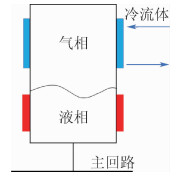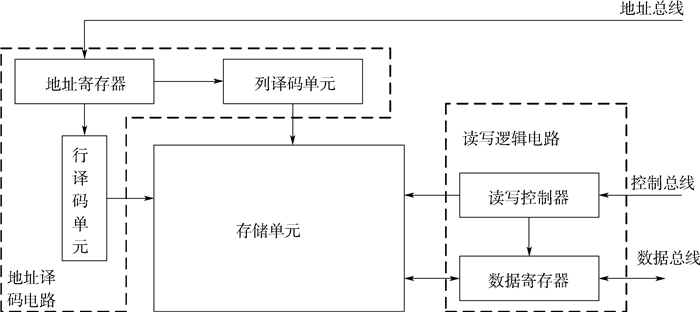Aimed at the deformation of hydrodynamic face seal under high speed, high pressure and high/low temperature conditions, a thermal-solid coupling model of typical structure of hydrodynamic face seal is established, and the support and constraints of rotating ring are considered. The face micro-deformation caused by thermal loads, force and constraints are analyzed, and its control methods are proposed. The results show that, when multiple loads act together, temperature difference has the greatest influence on face micro-deformation, followed by the rotational speed and pressure. In two cases, the face micro-deformation of rotating ring is mainly affected by the temperature difference rather than the temperature. Face micro-deformation is more susceptible to high temperature, and the change of face micro-deformation per unit temperature difference is 3-4 times that of low temperature. The farther the centroid of rotating ring is from the rotating center, the greater the influence of the rotational speed on the face micro-deformation is, and it has a parabolic relationship. The face micro-deformation has a linear relationship with the pressure difference. For high-speed, high-pressure, and wide-temperature-range hydrodynamic face seals, controlling the face micro-deformation should first reduce the temperature difference between the inner and outer surfaces of the rotating ring. Under high-speed conditions, the thickness of rotating ring should be appropriately increased, and the deformation range can be increased by 86% by expanding the centroid change area. Under low-speed conditions, the inner surface of rotating ring is restrained by reasonable structure design, which can control the turning of rotating ring and reduce the face micro-deformation by 65.2% at most. The axial clamping force designed reasonably can further ensure that the face micro-deformation is kept in a minimum range.







